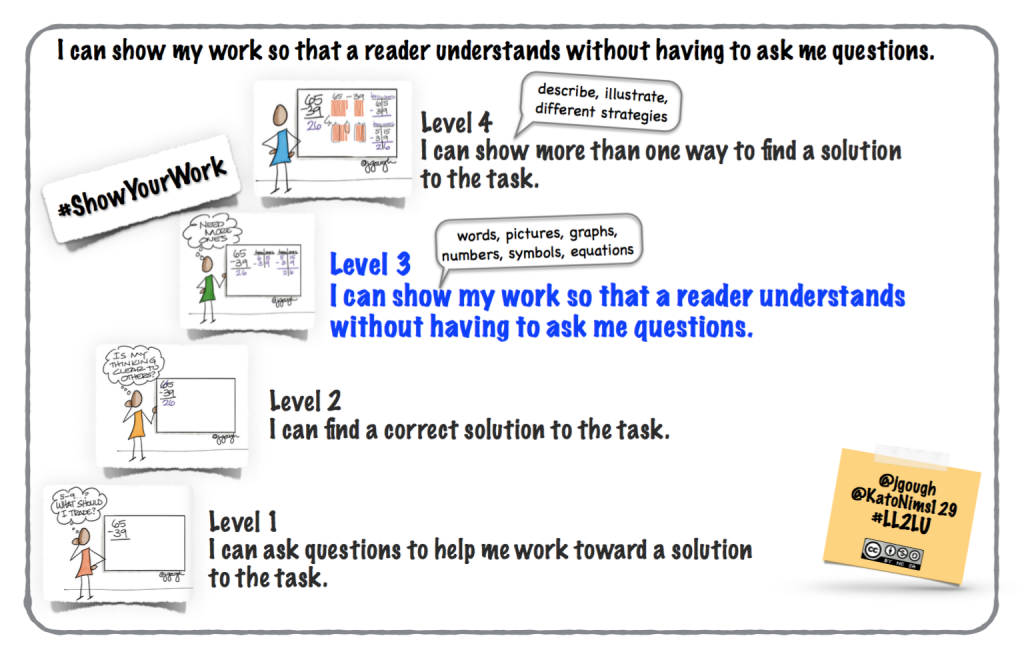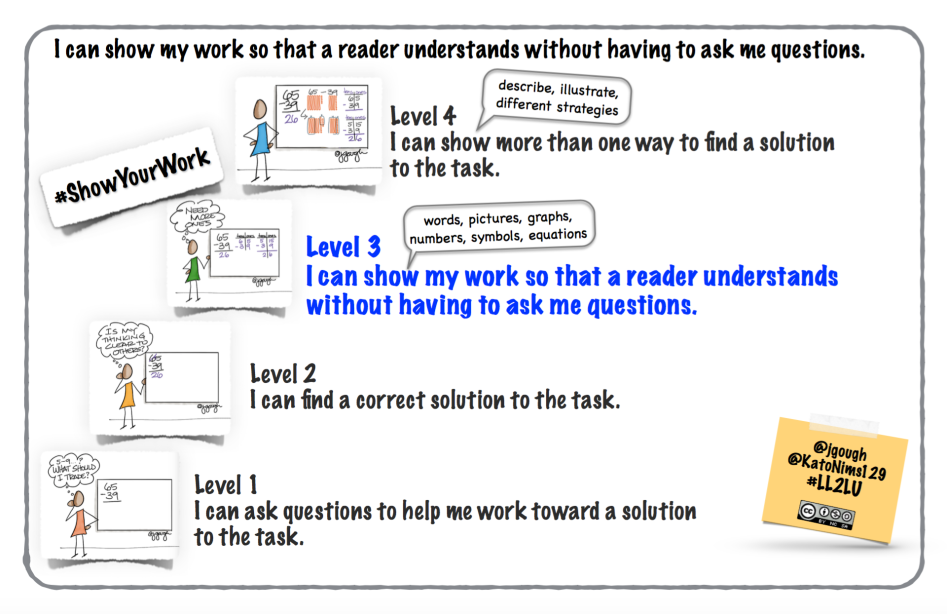
Use and connect mathematical representations.
Effective teaching of mathematics engages students in making connections among mathematical representations to deepen understanding of mathematics concepts and procedures and as tools for problem solving.
Principles to Actions: Ensuring Mathematical Success for All
Slide deck
| 7:15 |
15 min |
Homework discussion, Q&A |
| 7:30 |
45 min |
Apples and Bananas Task |
| 8:15 |
30 min |
Number Talks – Flexibility:
Show what you know more than one way. |
| 8:45 |
10 min |
Break |
| 8:55 |
20 min |
Connecting multiple representations |
| 9:15 |
|
End of session |
Practice finding and connecting multiple representations in our Number Talks Homework:
- Read: Use and Connect Mathematical Representations
- What the Research Says: Representations and Student Learning (pp. 138-140)
- Promoting Equity by Using and Connecting Mathematical Representations (pp. 140-141)
- Check out Kristin Gray’s (@MathMinds) response to Vicki’s tweet (shown below) and try to answer the question for yourself for a Number Talk you’ve done or will do this week.

Standards for Mathematical Practice
- I can make sense of tasks and persevere in solving them.

- I can construct a viable argument and critique the reasoning of others.

“Connect Extend Challenge A Routine for Connecting New Ideas to Prior Knowledge.” Visible Thinking, Harvard Project Zero.
Leinwand, Steve. Principles to Actions: Ensuring Mathematical Success for All. Reston, VA.: National Council of Teachers of Mathematics, 2014. (p. 46) Print.
Gough, Jill, and Jennifer Wilson. “#LL2LU Learning Progressions: SMP.” Experiments in Learning by Doing or Easing the Hurry Syndrome. WordPress, 04 Aug. 2014. Web. 11 Mar. 2017.
Gough, Jill, and Kato Nims. “#LL2LU Learning Progressions.” Experiments in Learning by Doing or Colorful Learning. WordPress, 04 Aug. 2014. Web. 11 Mar. 2017.
Smith, Margaret Schwan., et al. Taking Action: Implementing Effective Mathematics Teaching Practices in Grades K-5. The National Council of Teachers of Mathematics, 2017.










